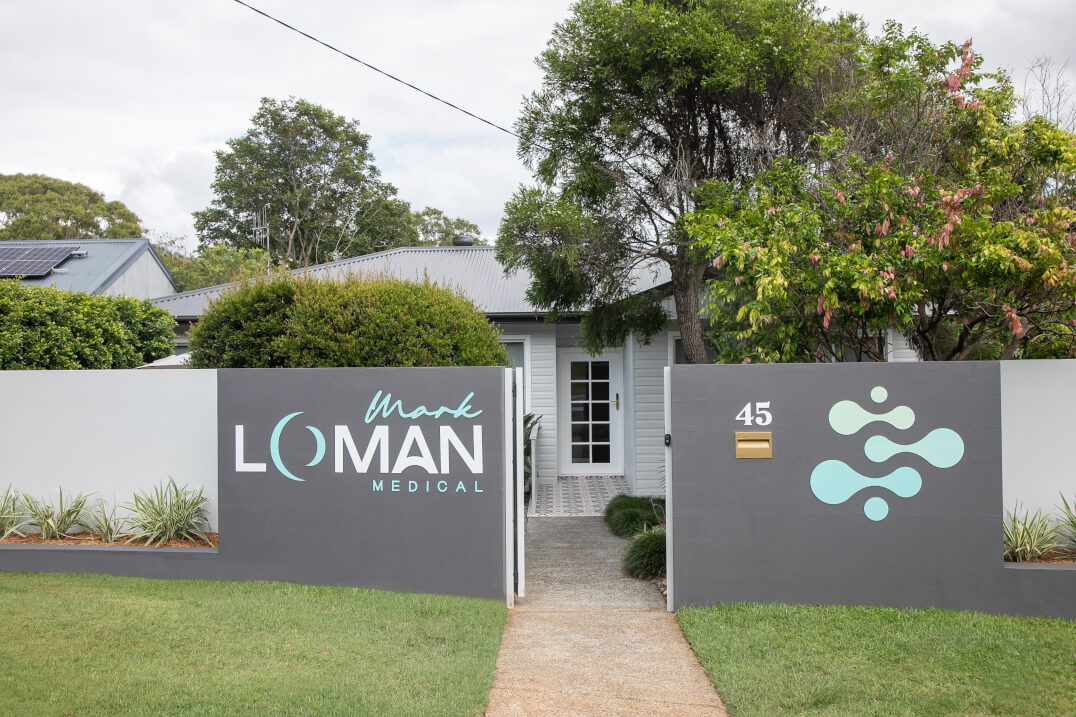
Book an Appointment at Loman Medical Today.
Our expert team provides precise PRP injections to accelerate healing and support long-term recovery. Take the next step toward pain relief and healing—book your appointment today.
Traditional drug treatments often mask pain rather than promote tissue healing. PRP has gained attention due to its use by elite athletes such as Kobe Bryant, Tiger Woods, and Rafael Nadal.
At Loman Medical, we follow a thorough process, including an initial suitability consultation, imaging referrals if needed, and the use of ultrasound guidance to ensure precise injection placement. PRP therapy is designed to naturally accelerate the body’s healing response and is a non-pharmacological alternative for musculoskeletal injuries.
PRP involves injecting a small amount of your own blood into damaged or slow-healing tissues to stimulate the body’s natural healing process.
PRP is derived from your own blood, concentrated in a centrifuge to extract platelets rich in growth factors that support tissue repair and regeneration.
PRP is beneficial for chronic tendon pain, osteoarthritis, ligament injuries, and joint degeneration. It is commonly used for knee, shoulder, and ankle osteoarthritis, as well as sports-related injuries.
PRP can be injected into conditions such as tennis elbow, golfer’s elbow, patellar tendinosis (jumper’s knee), Achilles tendinosis, plantar fasciitis, hamstring tendinopathy, adductor tendinopathy, and gluteal tendinopathy.
PRP is commonly used for hamstring, calf, and quadriceps muscle injuries.
PRP can also be used for trochanteric bursitis, knee MCL tears, knee osteoarthritis, and hip osteoarthritis.
A consultation is required to determine suitability. In some cases, imaging (ultrasound, X-ray, or MRI) may be necessary to confirm the diagnosis. Patients should avoid non-steroidal anti-inflammatory medications (NSAIDs) for a week before and after the procedure.
Patients with active infections, low platelet counts, anemia, certain cancers, or those who are pregnant or breastfeeding may not be suitable candidates for PRP treatment.
The procedure takes about 30 minutes. A small blood sample is taken, processed in a centrifuge to separate the PRP, and then injected into the affected area under sterile conditions and ultrasound guidance.
The number of treatments varies depending on the condition being treated. Some patients experience relief after one injection, while others may need two or three sessions spaced weeks apart.
PRP is generally well-tolerated, but mild discomfort, swelling, or temporary pain at the injection site may occur. The risk of infection is extremely low due to sterile techniques.
Patients should avoid strenuous activity for 72 hours. Rehabilitation exercises may be recommended by Dr. Loman or a physiotherapist to optimise recovery. Some post-procedure soreness is expected for a few days.
PRP does not work instantly. Most patients notice gradual improvements over several weeks to months as tissue healing progresses.
PRP is generally not covered by Medicare but may be claimable under some private health insurance plans.
At Loman Medical, we use RegenLab PRP, a trusted system with a strong safety record and extensive clinical research. RegenLab PRP has been used in over 90 countries for musculoskeletal, dermatological, and wound care treatments.

Our expert team provides precise PRP injections to accelerate healing and support long-term recovery. Take the next step toward pain relief and healing—book your appointment today.